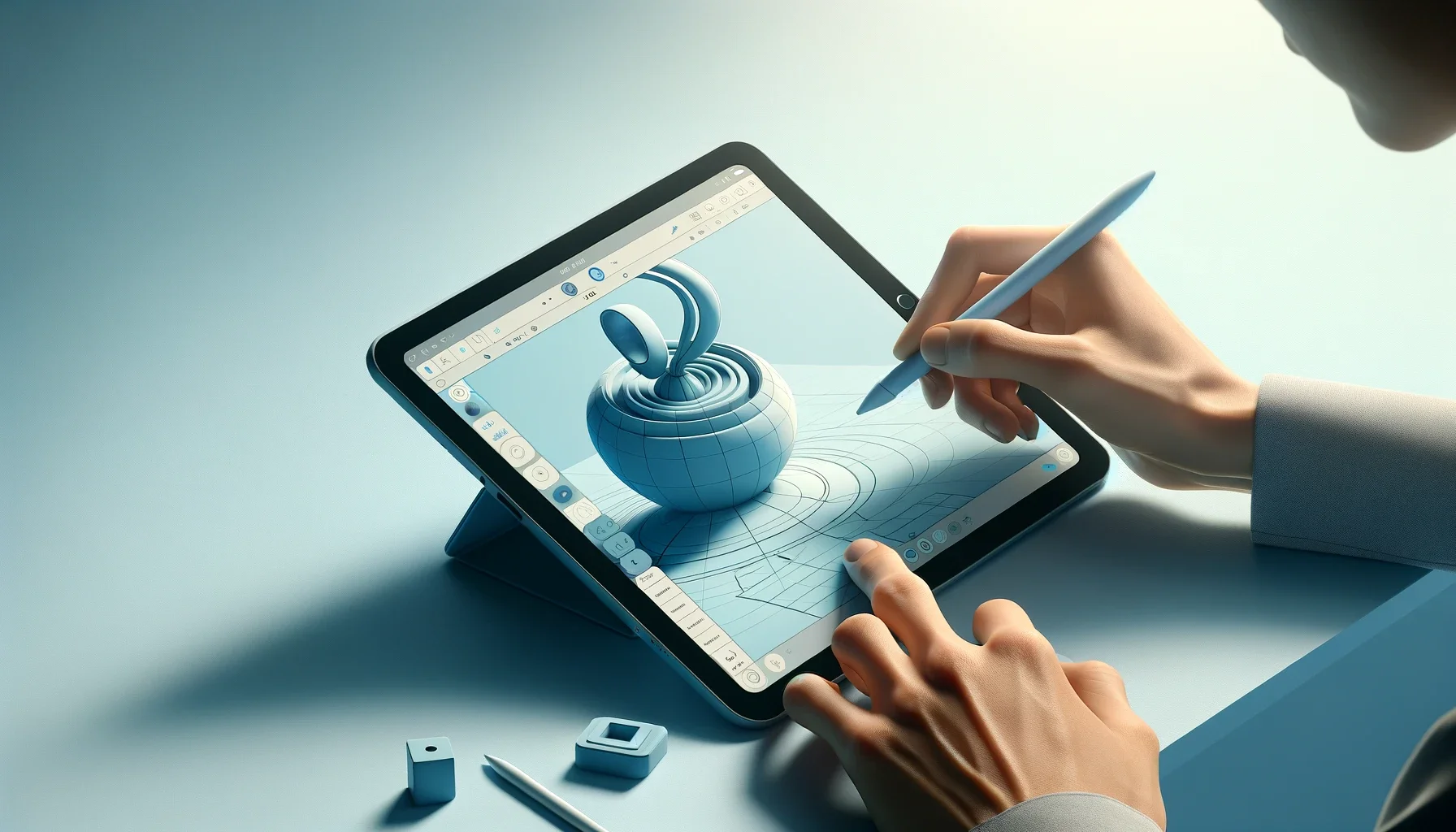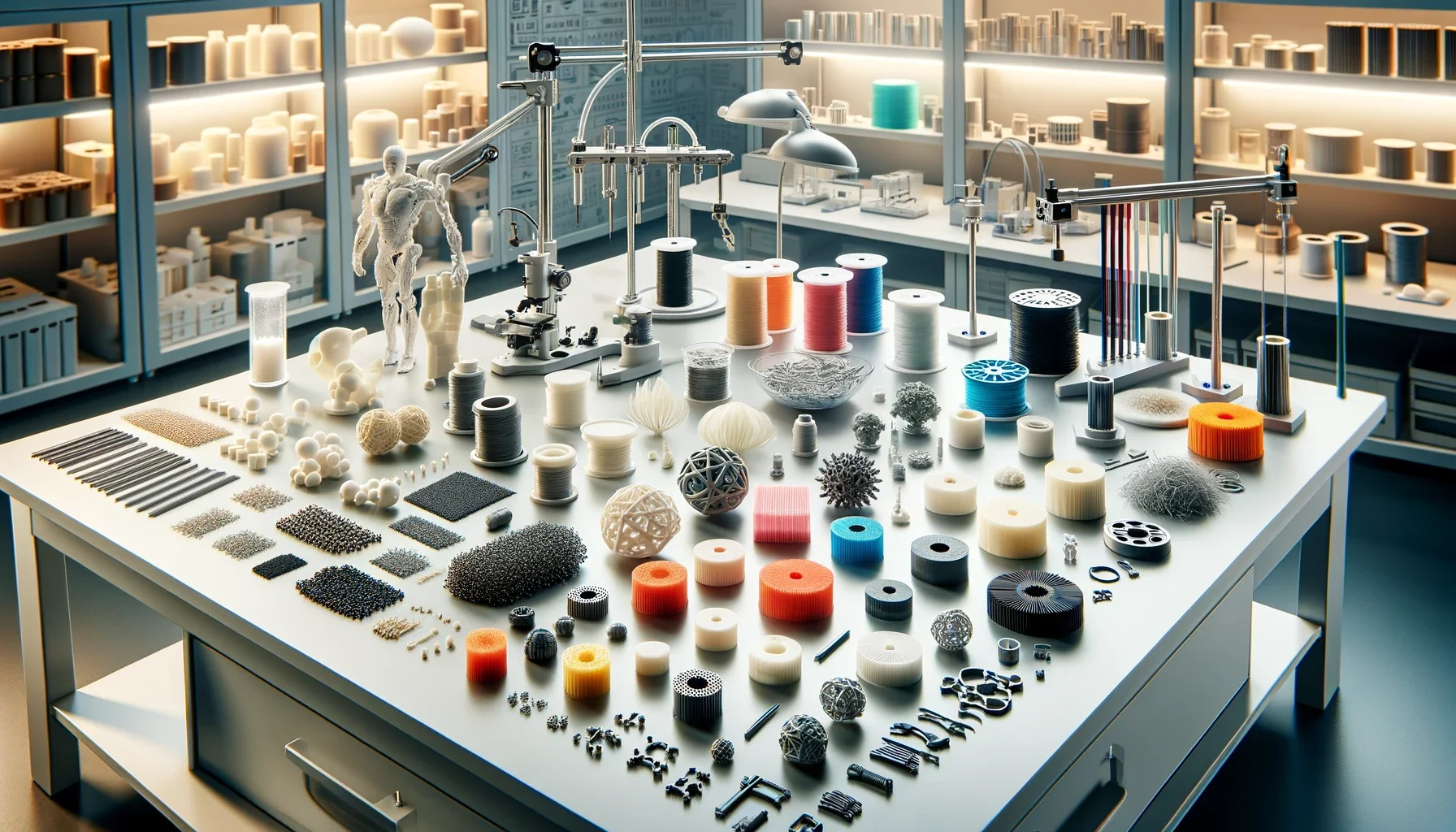3D printing, once a mere figment of science fiction, has now firmly established itself as a pivotal tool in the manufacturing industry. This transformative technology, evolving from simple prototyping to sophisticated manufacturing solutions, is rewriting the rules of production.
At the heart of this revolution lies a seamless transition from Computer-Aided Design (CAD) to tangible reality, marking a new era in industrial innovation.
In this article, we’ll explore the evolution of 3D printing in manufacturing, highlighting the key technologies and materials that have revolutionized this process. Additionally, we’ll discuss the myriad benefits that 3D printing brings to manufacturing, from efficiency to customization.
We’ll also showcase successful applications of 3D printing across various industries, demonstrating its practical and innovative uses. Furthermore, we’ll examine the challenges faced in 3D printing and how they are being overcome. Finally, we’ll cast a look towards the future, contemplating how 3D printing will continue to reshape manufacturing in the years to come.
The Evolution of 3D Printing in Manufacturing

The journey of 3D printing, also known as additive manufacturing, is nothing short of remarkable. Emerging in the 1980s, it was initially seen as a tool for rapid prototyping. However, over the decades, this technology has outgrown its initial purpose, finding a permanent home in the manufacturing sector.
The transition from crafting mere models to producing functional parts signifies a major leap, demonstrating the technology’s versatility and adaptability. It’s a story of evolution, from the fringes of experimentation to becoming a cornerstone of modern manufacturing.
Key Technologies and Materials Used in 3D Printing
Diving into the world of 3D printing unveils a variety of technologies. Fused Deposition Modeling (FDM), Stereolithography (SLA), and Selective Laser Sintering (SLS) are among the most prominent methods, each suited for different applications. The materials used have also expanded, ranging from basic plastics to advanced metals and composites.
This diversity allows for unparalleled flexibility in manufacturing, catering to a vast array of industry needs. It’s a testament to how 3D printing adapts to various manufacturing scenarios, pushing the boundaries of what’s possible.
Exploring further into 3D printing technologies, Digital Light Processing (DLP) and Electron Beam Melting (EBM) emerge as notable techniques. DLP utilizes digital light projection for faster and highly detailed prints, making it ideal for applications requiring fine features. EBM, on the other hand, excels in printing metal parts by fusing metal powder with a high-power electron beam, commonly used in aerospace and medical implants due to its strength and precision.
The material palette in 3D printing has also grown exponentially. Beyond plastics and metals, we now see the use of ceramics, which offer high-temperature resistance and durability. There’s also an increasing interest in sustainable materials like biodegradable plastics and recycled filaments, reflecting a growing commitment to environmental responsibility in manufacturing.
This expansion in materials not only broadens the application scope of 3D printing but also invites innovation in product design and functionality, allowing manufacturers to experiment with properties like flexibility, transparency, and electrical conductivity.
Incorporating these advanced materials and technologies, 3D printing is not just meeting current manufacturing demands but is also shaping the future of production, bringing previously unimaginable designs to life.
Benefits of 3D Printing in Manufacturing

The advantages of 3D printing in manufacturing are manifold. Firstly, it offers significant cost reductions by minimizing material waste and streamlining the production process. The ability to create complex designs without the need for expensive tooling is another major benefit.
This leads to enhanced design flexibility, allowing manufacturers to experiment with intricate structures, such as external element air shafts, that were previously impractical or impossible to produce. Moreover, 3D printing is a more sustainable option, as it typically generates less waste compared to traditional manufacturing methods.
Successful Applications of 3D Printing
From the aerospace industry to the automotive sector, 3D printing is making waves. In aerospace, companies are using 3D printing to create lightweight, complex components that reduce aircraft weight and fuel consumption. In the automotive industry, manufacturers are producing everything from prototypes to end-use parts, speeding up the design process and reducing costs.
The healthcare sector is not far behind, with 3D printing being used for prosthetics and even bioprinting tissues. These studies not only highlight the versatility of 3D printing but also its potential to solve real-world manufacturing challenges.
Overcoming Challenges in 3D Printing
Despite its benefits, 3D printing faces its own set of challenges. Speed and size constraints are among the primary limitations currently being addressed. Manufacturers are continually developing faster printers and techniques to create larger components, striving to make 3D printing more scalable and efficient.
By tackling these challenges, the manufacturing industry is ensuring that 3D printing remains not just viable but increasingly valuable in various production scenarios.
The Future of 3D Printing in Manufacturing
The future of 3D printing in manufacturing looks bright and is brimming with possibilities. Emerging trends like 4D printing, where objects can change shape over time, and bioprinting, the printing of human tissues, are on the horizon. These advancements promise to further integrate 3D printing into manufacturing processes, opening doors to even more innovative applications.
The potential for 3D printing to continue transforming the manufacturing landscape is boundless, making it an exciting time for the industry.
Conclusion
In conclusion, the impact of 3D printing on the manufacturing industry cannot be overstated. From CAD to reality, this technology has revolutionized the way we think about production and design.
As we look to the future, it’s clear that 3D printing will continue to be a key player in manufacturing, driving innovation and efficiency.
Staying abreast of these advancements is crucial for anyone involved in the manufacturing sector, as the possibilities and applications of 3D printing continue to expand and evolve.
Related Articles:
- Printer Monitoring Software: Tracking Printer Usage & Ink Levels using PrintVisor
- 7 Brilliantly Designed Robots that are Truly Inspired by Nature
- The Future of AI in Business Process Automation
- Building Trust in IIoT: The Crucial Role of Security
- The Future of Ecommerce: Technologies Influencing Digital Merchandising
